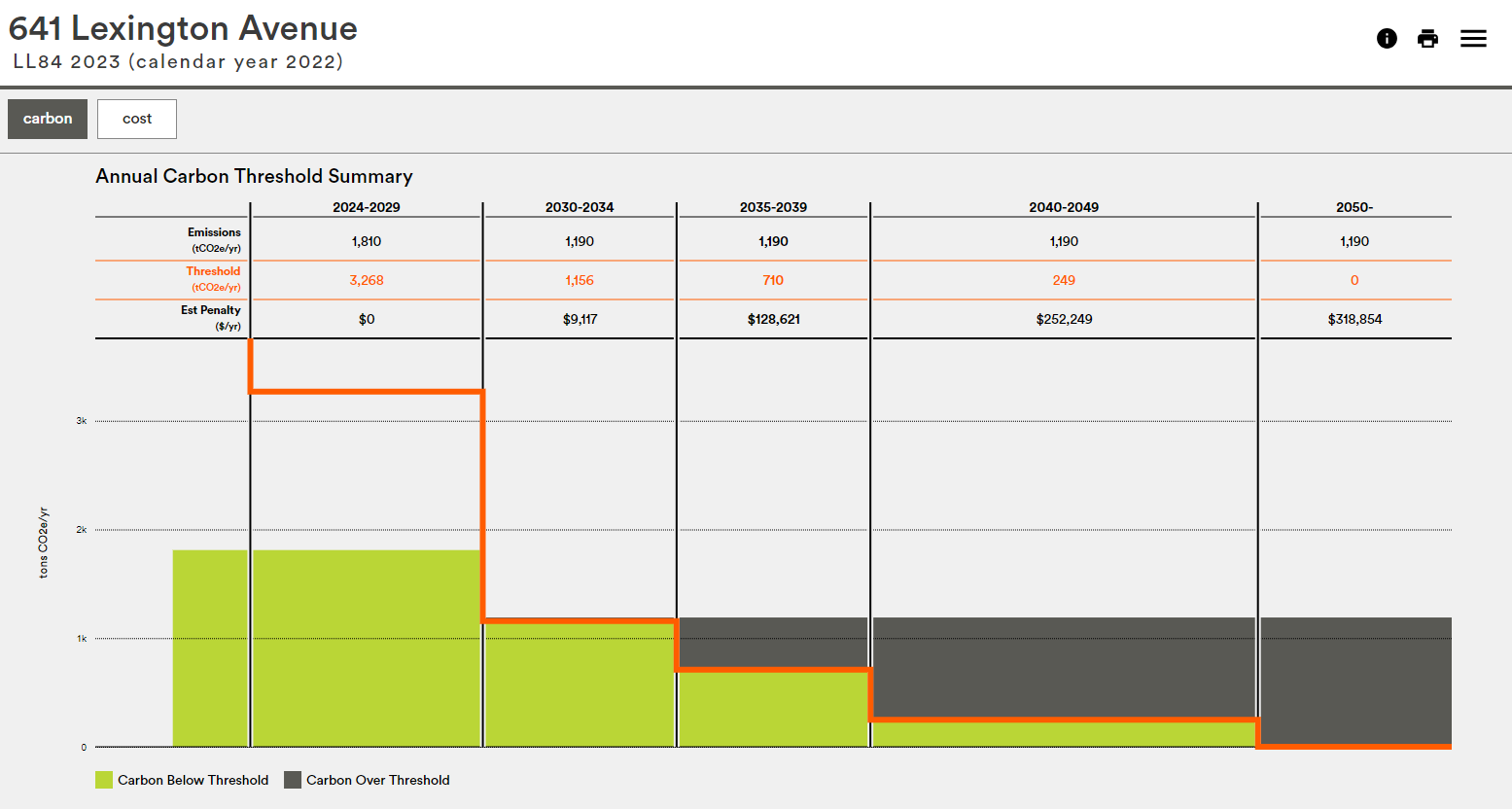|
Local Law 97, also known as the Climate Mobilization Act, is a groundbreaking piece of legislation aimed at reducing carbon emissions from large buildings in New York City. With ambitious emission reduction targets, Local Law 97 has significant implications for both existing and new buildings. For more background on Local Law 97, please refer to our prior alerts Understanding Local Law 97: The Energy Efficiency Law Poised to Shape New York Real Estate and What Does Local Law 97 Mean For Residential and Commercial Property Owners and Commercial Rents. In this client alert, we will address Local Law 97 clauses in commercial leases and the importance of conducting due diligence on commercial buildings for energy efficiency compliance. BackgroundIn commercial leases, property owners may often impose certain additional rent charges. These can include charges for common area maintenance (CAM Charges) or the cost of operating a property (Operating Expenses). Another area in which a landlord can impose charges is with respect to compliance with laws. Broadly speaking, and with many exceptions, a landlord is generally responsible for maintaining the overall building and ensuring that the premises are in compliance with laws prior to the start of a lease. Similarly, a tenant is generally responsible for ensuring that the premises stay in compliance with laws during the term of the lease, particularly in relation to how a tenant uses the space or any alterations a tenant may make. Local Law 97 presents a challenge for compliance provisions because it has a component of compliance by landlords with respect to the overall building as well as by tenants with respect to how a tenant uses the space (i.e., the tenant’s energy consumption). The Importance Of Due DiligenceMonitoring for Local Law 97 began on Jan. 1, 2024, and penalties for buildings that fail to comply will commence next year. Though Local Law 97 and its consequences are relatively new, it is important to understand how those consequences will impact the leasing landscape over time. Local Law 97 is designed to reduce CO2 emissions, not necessarily energy consumption (although expensive, it is feasible to purchase a large amount of energy from renewable sources). Similarly, it is important to note that a building’s energy efficiency grade and other measures of sustainability are not necessarily reliable indicators of Local Law 97 compliance. (See our prior alert What Does A Building’s Energy Efficiency Grade Really Mean?) Notably, the New York Times showed that one of the newest office towers, One Vanderbilt Avenue, is not compliant with Local Law 97 despite its state-of-the-art “green” engineering. Rules recently issued by the New York City Department of Buildings (DOB) allow a building owner to seek relief from applicable penalties by demonstrating they are making a “good faith effort” to comply with the law’s 2024 carbon limits by submitting the annual building emissions report and complying with all benchmarking, lighting upgrades, and sub-metering requirements, provided they can show certain steps have been taken, such as permits approved by DOB for retrofit work or contracts in place with Con Edison for electric service upgrades. One useful tool that we have found for Local Law 97 compliance is available here. You can find the estimated emissions and compliance requirements on buildings subject to the law. For example, using this website, you will see that One Vanderbilt Avenue is not in compliance. |
|
|
|
|
However, the office building at 641 Lexington Avenue, at which we are a tenant, is in compliance for the current period. |
|
|
|
|
While many buildings meet the initial thresholds for Local Law 97, like 641 Lexington Avenue, that threshold is due to decrease over time, in 2030, 2035, 2040, and again in 2050. Many commercial leases span more than five (5) years. In this regard, what is required over time may have consequences for the duration of a long-term lease. The foregoing is not intended to be comprehensive nor constitute legal advice. If you would like to discuss your specific circumstances or would like more information, feel free to contact us at (212) 625-8505. |

